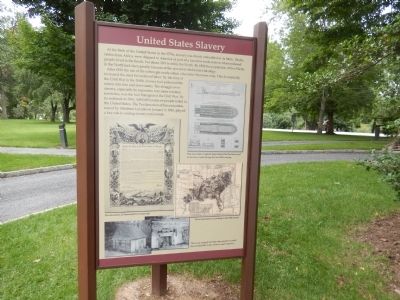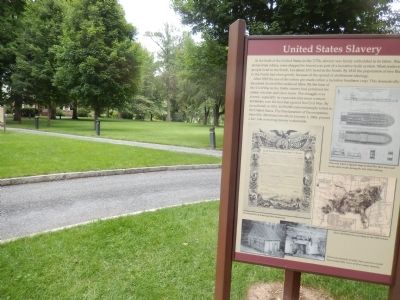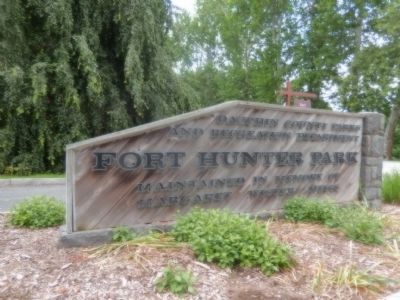United States Slavery
After 1810 the use of the cotton gin made cotton a lucrative Southern crop. This dramatically increased the need for enslaved labor. By the time of the Civil War in the 1860s, slavery had polarized the nation into free and slave states. The struggle over slavery, especially its expansion into more western territories, was the fuel that ignited the Civil War. By its outbreak in 1861, 4,000,000 enslaved people toiled in the United States. The Proclamation of Emancipation, issued by Abraham Lincoln on January 1, 1863, played a key role in ending slavery nationwide.
(Inscription under the image in the center left)
Proclamation of Emancipation transcript
(Inscription beside the image in the lower left)
This is an example of what slave quarters would have looked like, basic with no major luxuries.
(Inscription under the image in the upper right)
This was what a typical ship looked like that was used in the slave trade during the 18th century.
(Inscription
under the image in the lower right)Slave distribution according to the 1860 census.
Erected by Dauphin County.
Topics. This historical marker is listed in these topic lists: Abolition & Underground RR • African Americans • Colonial Era • Industry & Commerce. A significant historical month for this entry is January 1681.
Location. 40° 20.505′ N, 76° 54.575′ W. Marker is near Harrisburg, Pennsylvania, in Dauphin County. It is in Susquehanna Township. Marker is on River Road. The marker is located on the grounds of Fort Hunter Park. Touch for map. Marker is at or near this postal address: 35 N Front St, Harrisburg PA 17110, United States of America. Touch for directions.
Other nearby markers. At least 8 other markers are within one mile of this marker, measured as the crow flies. Pennsylvania Slavery (here, next to this marker); Slavery at Fort Hunter (here, next to this marker); Fort Hunter History (within shouting distance of this marker); Fort Hunter (within shouting distance of this marker); Simon Girty (1741–1818) (within shouting distance of this marker); Rockville Bridge (approx. ¼ mile away); Village of Heckton (approx. 0.4 miles away); Perry County Memorial Wall (approx. 1.1 miles away). Touch for a list and map of all markers in Harrisburg.
Credits. This page was last revised on February 7, 2023. It was originally submitted on July 23, 2015, by Don Morfe of Baltimore, Maryland. This page has been viewed 318 times since then and 10 times this year. Photos: 1, 2, 3. submitted on July 23, 2015, by Don Morfe of Baltimore, Maryland. • Bill Pfingsten was the editor who published this page.


